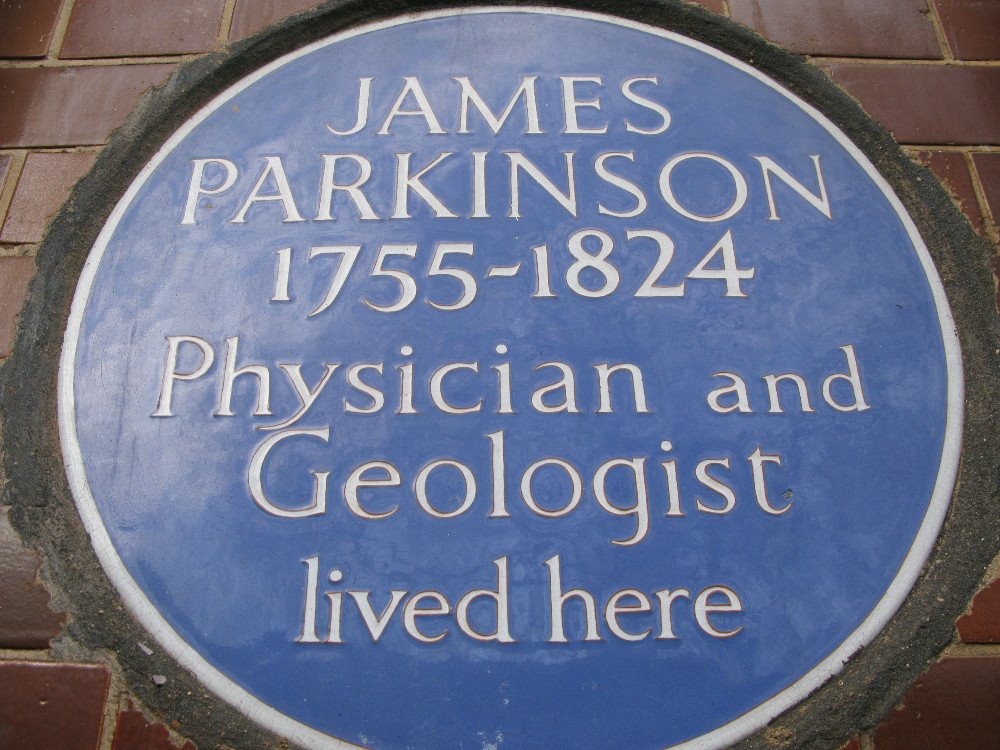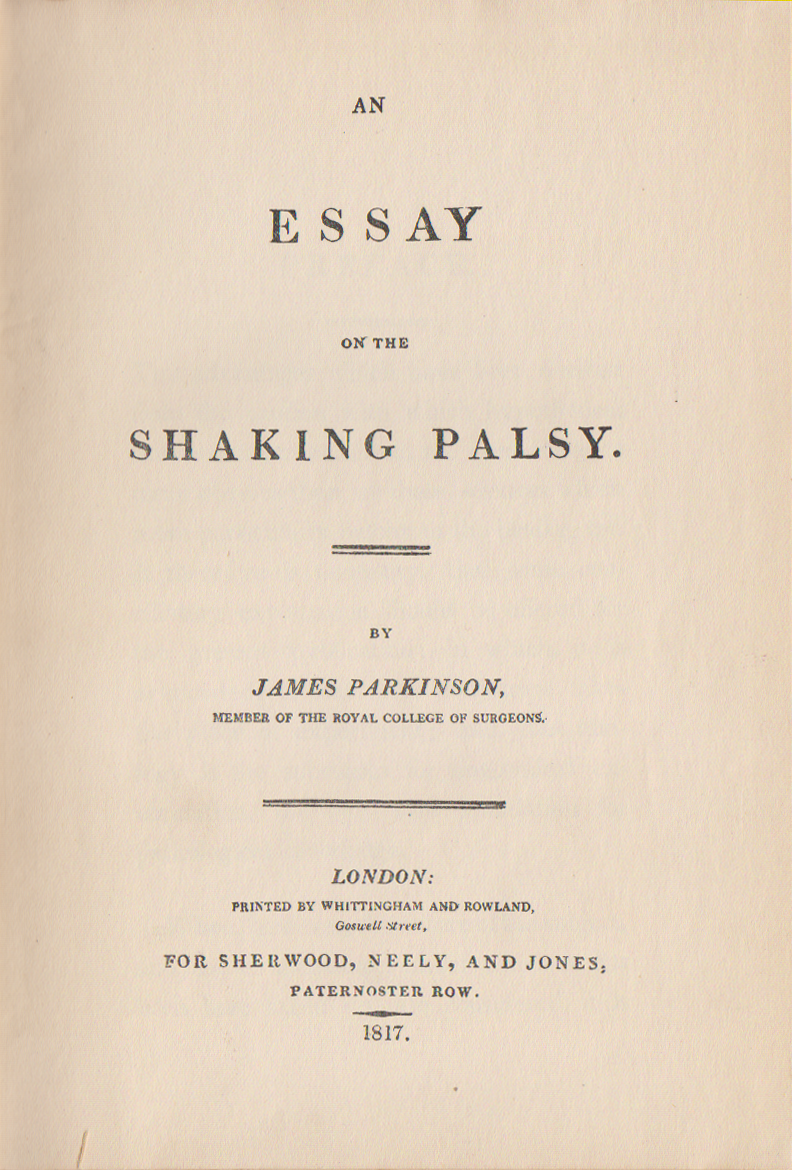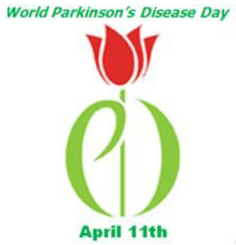James Parkinson: Social Activist and Advocate, Parkinson’s Disease and Palentology
Dr. James Parkinson was born on World Parkinson’s Disease Day, April 11th 1755, in London, England. Of course he didn’t know it at the time. Come to think of it, neither did his parents; nor the fact that he would become one of the 50 most influential doctors of all time.
Affecting an estimated 1% of people over 60 years of age, what has come to be known as “Parkinson’s Disease” is one of the most common neurologic disorders known today.
World Parkinsons Disease Day, April 11th
Unfortunately it wasn’t until the 1830s that photography was invented; so, we don’t have a photograph of the man whose name became so famous.
Additionally, a new research project has just been launched aboard a DragonX spacecraft to the International Space Station designed to grow crystals of the diseases’ offending protein which can then be studied back on earth in a more definitive way. The MJF Foundation is sponsoring this endeavor too; because, without gravity, the crystals they’ve been growing on earth will grow much larger in space overcoming the limitations of current diagnostic lab equipment they use for analysis. When the larger crystals return from space it is anticipated that scientists will then be able to determine the exact makeup of the aberrant protein which effects about 1% of the world population over sixty.
James Parkinson (1755-1824) – #37
Renaissance Man in the Age of Enlightenment
You would have to say that the infant “Dr. Parkinson” was born into a bit of privilege, the oldest of John and Mary Parkinson’s three children [John, William and Mary (Sedgewood)]. His father was the local surgeon and apothecary with office at 1 Hoxton Square.
Early Life and Education of James Parkinson
There is no timely biography of him, but through tangential mentions in his writings, he was influenced early to pursue a career in medicine in order to take over his fathers “practice” some day. However, his interests extended to many other things scientific.
He studied Latin, Greek, natural philosophy and shorthand—all subjects considered essential to a doctor’s basic training and he was particularly skilled in shorthand.

He attended the London Hospital Medical College in 1776 and obtained a diploma from the Royal College of Surgeons. He was approved by the City of London Corporation as a surgeon in 1784.
Somehow he also studied where he could be under the influence of John Hunter, another researcher in biology, pathology and medical science. Parkinson’s notes mention Hunter’s descriptions of tremor’s and paralysis.
He married Mary Dale On 21 May 1783 and eventually had eight children, two of whom did not survive past childhood.
Later life:
Political and Social Reform
The first part of his career he spent shaking his fists as a social activist and political critic by being involved in many social and revolutionary causes under the pseudonym “Old Hubert.” He wrote a dozen or so pamphlets about the French Revolution but it isn’t known how he stood on “America’s” secession.
He called for radical social reforms and universal suffrage. He became a member of several secret political societies to the point of being examined under oath in 1794 before William Pitt and the Privy Council to give evidence about a trumped-up plot to assassinate King George III. His friends languished in prison for months but he was never charged.
As he served as an apprentice in his father’s practice, he did become less demonstrative but his social altruism carried with him through his life. After his father died in 1794 he took over the practice and began practicing, researching and writing about medicine in earnest.
Medicine

He turned his quill into writing medical works between 1799 and 1807 including a work on gout in 1795 noting it could be relieved by daily doses of soda; how a ruptured appendix could lead to peritonitis and death in 1812; legal protection of the mentally ill their doctors and families; and, the one for which he is most famous in 1817: the “Shaking Palsy.”
He was renowned for his essays which were more informative and compulsively, meticulously detailed than any others were or had been. He described six persons with the disease that now bears his name with such informative detail that it almost single-handedly enticed more doctor-researchers to take up the study and treatment of the disease than had ever been seen before.
His name for what he was seeing was “paralysis agitans” and distinguished between resting tremors and the tremors with motion. Research began in earnest and some 40 years later Jean-Martin Charcot coined the term “Parkinson’s disease” which became standard.
Paleontology and Geology
Parkinson’s later life expanded into other parts of science, notably: chemistry, geology and palentology; where he poured as much zeal and meticulous study into his writings about them as he had done to medicine and social reform.
He wrote numerous texts about fossils and had several named after him. He became so noted that 50 years before Darwin his opinion counted in the arguments over science and religion’s explanation of creation—the ideas about “natural selection” of his time.
He collected and categorized fossils to the extent that his huge collection could be sold and bequeathed to museums at his death.
Death
On the 21st of December, 1824 Parkinson suffered a major stroke which interfered with his speech and died. He was sixty-nine. He is buried at St. Leonard’s Church, in Shoreditch.
Although his research continued, his name was settling into obscurity until it was added to the disease which he so meticulously studied. World Parkinson’s Disease Day is held each year on his birthday, April 11th and is represented by the Red Tulip.
Biographic Summary
James Parkinson was a surgeon and apothecary in England
Born: April 11th, 1755
Died: December 21st, 1824
Education: London Hospital Medical College, 1776
Known for: Meticulous study and description of “Parkinson’s Disease”
Books: Multiple essays and books in the subjects of English social reform, medicine, geology and palentology
Parents: John (surgeon and apothecary) and Mary Parkinson
25 Posts in Top 50 Doctors (top50) Series
- 27 - Charles D. Kelman - Cataracts – 9 Mar 2023
- 28 - Cicely D. Williams, Kwashiorkor, Breastfeeding, Whistleblower – 21 Jun 2022
- 29 - Dame Cicely Saunders, Hospice – 23 Apr 2018
- 30 - David L. Sackett, Evidence-based Medicine – 2 Apr 2018
- 31 - E. Donnall Thomas & Joseph Murray, Bone Marrow Transplants – 23 Feb 2018
- 32 - Elizabeth Blackwell, women in medicine – 29 Jan 2018
- 33 - Elisabeth Kübler-Ross, stages of grief – 5 Jan 2018
- 34 - Watson & Crick, DNA – 2 Dec 2017
- 35 - Mahmut Gazi Yaşargil, Micro-Surgery – 24 Oct 2017
- 36 - George Papanicolaou, Cytopathology, Cancer – 29 Sep 2017
- 37 - Dr. James Parkinson, Parkinson's Disease – 1 Sep 2017
- 38 - Dr. John Snow, cholera – 20 Aug 2017
- 39 - Dr. Joseph Kirsner, GI Joe – 27 Jul 2017
- 40 - Lawrence (Larry) Einhorn, chemotherapy – 16 Jun 2017
- 41 - Robert Koch, modern bacteriology – 21 Mar 2017
- 42 - Stanley Dudrick, TPN – 28 Feb 2017
- 43 - Stanley Prusiner, neurodegenerative diseases – 25 Jan 2017
- 44 - Victor McKusick, medical genetics – 3 Jan 2017
- 45 - Virginia Apgar, anesthesiology & newborn care – 12 Nov 2016
- 46 - William Harvey, circulation – 12 Oct 2016
- 47 - Zora Janžekovič, burns – 26 Sep 2016
- 48 - Helen Taussig, blue babies – 3 Sep 2016
- 49 - Henry Gray, anatomy – 3 Jul 2016
- 50 - Nikolay Pirogov, field surgery – 11 Jun 2016
- Top 50 Doctors: Intro/Index – 10 Jun 2016
Advertisement by Google
(sorry, only few pages have ads)

